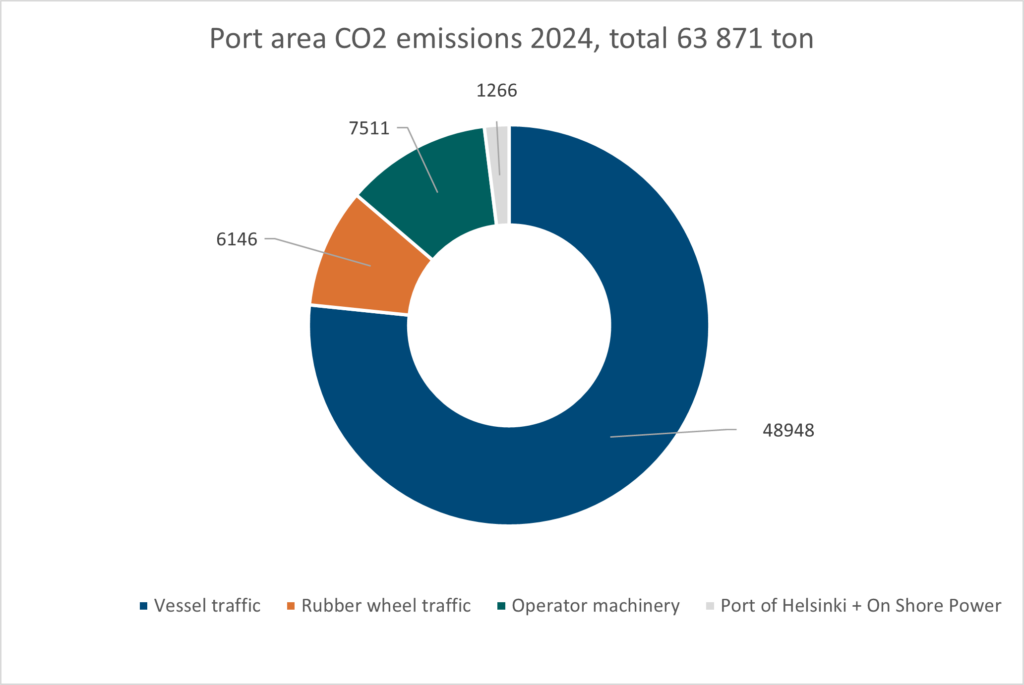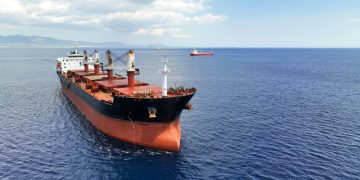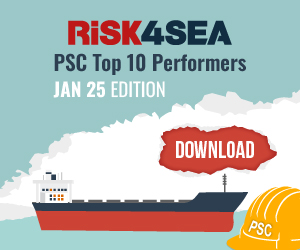The Port of Helsinki announced that it achieved the target of making its own operations carbon neutral at the start of 2025.
According to the statement, to reach this goal, the port has implemented a variety of measures to reduce its energy consumption, in addition to procuring required energy from zero-carbon sources. The port also purchases a small amount of voluntary carbon offset credits to compensate for its remaining climate emissions.
The Port of Helsinki set the goal of making its own operations carbon neutral back in 2019. Moreover, the goal concerns the port company’s own emissions which include emissions generated as a result of the heating and electricity used in the port area and buildings, the fuel consumption of the port’s own vehicles and machinery, and business travel.
We have managed to minimise our own carbon dioxide emissions as a result of our climate work. This is an important milestone for us in our long-term work towards more sustainable shipping.
…said Ville Haapasaari, CEO, Port of Helsinki.
The port achieved its carbon neutrality goal as planned at the start of this year. During the carbon neutrality programme’s reference year of 2015, the port company generated 3,463 tonnes of carbon dioxide (t CO2). By the end of 2024, these emissions had decreased by 63%.
Furthermore, the latest major change was that since the beginning of 2025, the district heating procured by the port is also produced with renewable energy. With this change, the Port of Helsinki has implemented all the measures planned so far to achieve the emissions reduction targets set for its own operations.
The remaining emissions, i.e. 2.6% of the emissions in the reference year, are compensated for with carbon offset credits.
The Port has been procuring its electricity from carbon-free sources since 2020
As of the beginning of 2025, the Port of Helsinki has also switched to using renewable district heating, the origin of which is guaranteed with the Finnish Energy Authority’s Guarantee of Origin. In 2024, the port acquired 8156 MWh of district heating, and it is believed that the amount of energy needed this year will decrease slightly.
After the above measures, a small amount of the port’s carbon emissions, 91 t CO2 equivalent, still remains. While the port’s vehicle fleet is almost fully electric, a small number of its vehicles are combustion engine vehicles due to security of supply reasons.
In addition to these, the port has fewer than 10 machines that generate emissions. The combustion engine vehicles and machines are powered by biofuel. Staff business trips also generate emissions.
For all remaining emissions, the port purchases voluntary carbon offset credits through Carboreal to invest in Finnish afforestation projects. In order to ensure full compensation, the port adds an additional 10% to the amount of emissions compensated for.
However, the port’s own emissions represent only a small share of the total emissions generated in the port area. During the reference year of the carbon neutrality programme, they accounted for approximately 4% of the total emissions generated by the port area.

We will be making more extensive use of life cycle calculations tailored to us in projects in order to assess and minimise not only emission surges from the materials used in construction but also their entire life cycle emissions.
…said Andreas Slotte, Head of Sustainability & HSEQ, Port of Helsinki.


































































